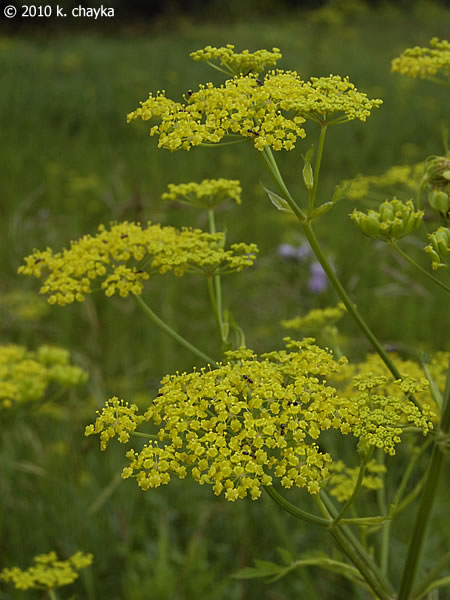Sports on any level is never dull. However, professional sports continues to leave me “confuzzled,” as the kids say. Take the Houston Astros “apology tour” press conference they held to start off their spring training to address their sign-stealing scandal. Or WAS it a scandal?
Stealing Signs scandal and the “apology”
Straight from the horse’s mouth right here. Fast forward to about 2:25.
I can remember standing in a batter’s box in both high school (South Dakota calls it American Legion baseball) and amateur games in my youth. I’ll just come out and say it point blank. I would have LOVED to know what pitch is coming. Yes, you still have to put the bat on the ball. I understand it’s one of the hardest things to do in all of sports. But you can’t tell me for one second that knowing what was coming wouldn’t SUBSTANTIALLY improve the odds of at least making solid contact?
Look, I’ll admit I’m not the most perceptive person the Good Lord ever decided to put on this Earth (my wife is currently laughing hard at that statement). How’s that for honesty? Help me out. Were the Astros apologizing for doing something wrong? After all, the reporter in the video clip asked Crane about “cheating.” Crane’s response? Call it “whatever you want.” Seriously? You can’t even use the word “cheating?”
Sounds like someone was apologizing for getting caught. And I don’t think I’m off on that at all. If it “didn’t make any difference in our games,” as you say, then why keep doing it?
Minnesota Wild
Okay, let’s dive into this a little bit. The Wild fired their head coach, which didn’t surprise too many people. I think that’s a relatively safe statement. However, only in Minnesota do we make coaching changes when the team is PLAYING WELL? Seven wins in your last ten games to put you right outside a playoff spot? Here’s a video of the press conference from KAAL TV in Rochester.
I get that Bruce wasn’t coming back. Having watched multiple games over the course of his almost four years here, the guy did an amazing job considering what management gave him to work with. And the new head coach is some guy named Dean Eveson? That’s an improvement over a coach that’s won more than 500 games?
Good luck, coach. His first interview with the St. Paul Pioneer Press has him preaching accountability among the Wild players? I’m honestly not sure some of the older veterans know the meaning of the word. Let’s start with my old buddy, Ryan Suter.

Ryan Suter, who I’ve had a problem with almost since he walked in the door, and Zach Parise are both an albatross to the organization because of their ridiculous contracts (thank you, Chuck Fletcher). However, at least Zach plays hard. Suter looks disinterested to me on the ice. I hope I’m wrong. Oh well, at least he gets paid a lot, right?
Would it be a good thing for this middling franchise to make the playoffs this year? They need a serious influx of young talent that can score goals consistently. They also need a number one goalie. God bless Devyn Dubnyk. I can’t imagine trying to go through the grind of an NHL season worried about the health of your wife and the future of your family. On the ice, however, he looks distracted. I’d like to see Stalock take his spot, at least for the rest of the year.
Oh well. You don’t have to agree with me. Just venting.


